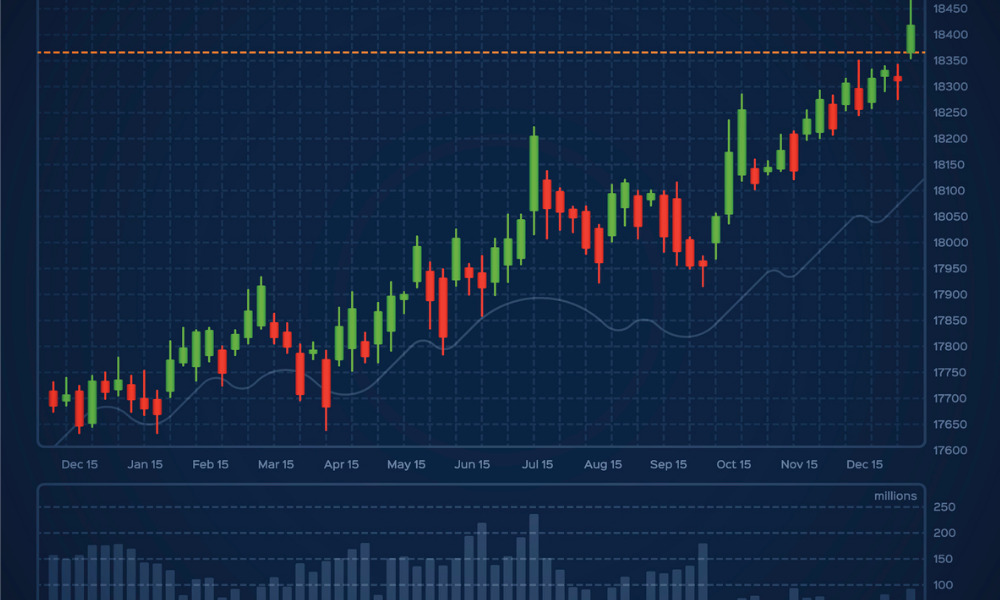Delinquencies and defaults will rise if rates continue to move up as forecast, new analysis warns

Mortgage arrears in Australia are set to spike if property prices fall and interest rates rise as expected, according to new data from Moody’s.
The Reserve Bank of Australia hiked interest rates by 25 basis points on Tuesday. That rise will likely pose the most danger to mortgages with high balances and borrowers who took out loans at the top of their capacity, The Australian reported.
Alena Chen, vice president at Moody’s Investors Service, said the cash rate increase will push up variable mortgage rates, which will erode borrowers’ capacity to repay debt and increase the risk of delinquencies and defaults.
“Interest rates will also weigh on house prices, which will add to risks of home loan delinquencies and defaults, because a weakening housing market will make it harder for borrowers in financial trouble to sell their properties at high enough prices to repay their debt,” Chen told The Australian.
Delinquency rates actually decreased in most Australian states and territories over the year to November, with two exceptions, the publication reported. The Australian Capital Territory had the lowest delinquency rate at 0.57%, while the Northern Territory had the highest at 2.3%. New South Wales (1.04%), Tasmania (1.11%) and Queensland (1.17%) were all slightly below the national average of 1.2%. Victoria’s delinquency rate was 1.23%, South Australia’s was 1.4%, and Western Australia’s was 1.67%.
Drops in delinquency rates were also reported in 61 out of 87 regions across the country, according to The Australian. NSW’s Coffs Harbour – Grafton region had the lowest rate at 0.38%, while the Northern Territory – Outback region had the highest rate at 2.58%.
Read next: Big banks raise mortgage rates
Nationally, delinquencies have not surpassed more than 2% of the market for the past 17 years.
The Moody’s analysis comes on the heels of ANZ’s revelation that a third of all borrowers were more than two years ahead on their repayments, while seven out of 10 home loans were above the required amount, The Australian reported. ANZ said that only 0.7% of home loans were currently in arrears.
Major banks are predicting a 1.75% cash rate increase by the end of 2022, with the cash rate surpassing 2% in 2023. However, PropTrack senior economist Eleanor Creagh said she doubted the RBA would move so aggressively given the current market uncertainty. Creagh said the economy could instead self-regulate as inflation outpaces real wages growth, The Australian reported.
“If the trajectory markets are pricing were to play out, mortgage rates would see a commensurate, large and aggressive adjustment, with repayments increasing at a rate of knots,” she said. “For existing mortgage holders, housing affordability will get worse over the next 12 to 18 months as repayments become more expensive with rising interest rates. Consumption makes up almost two-thirds of GDP, and for the many Australians that borrow to own a home, their house is their largest asset. If the value of this asset declines, the ‘wealth effect’ kicks in and can see households spending less, weighing on economic growth.”



